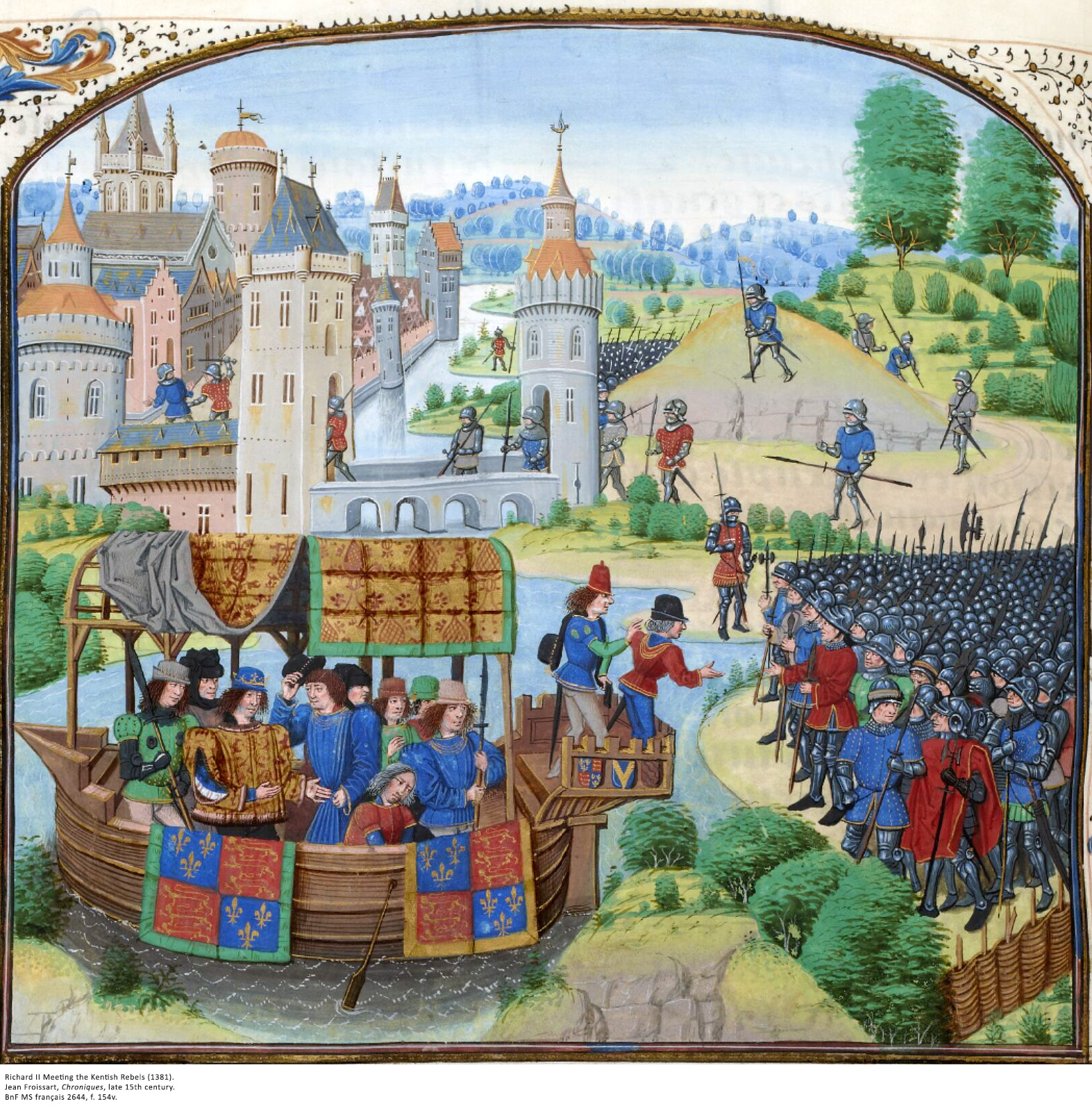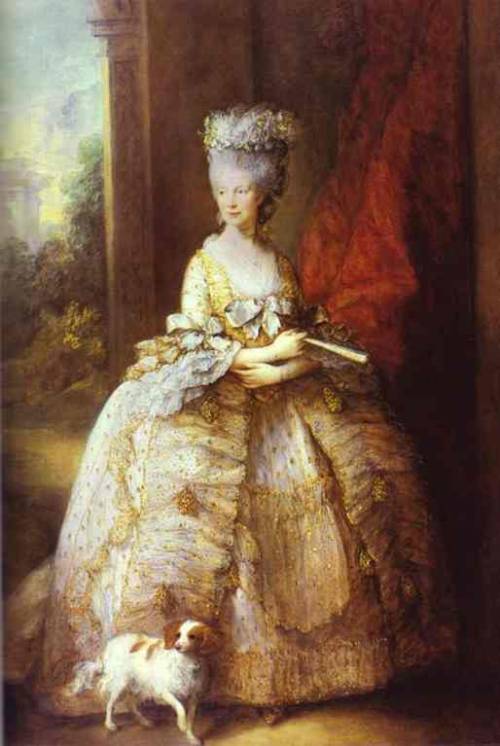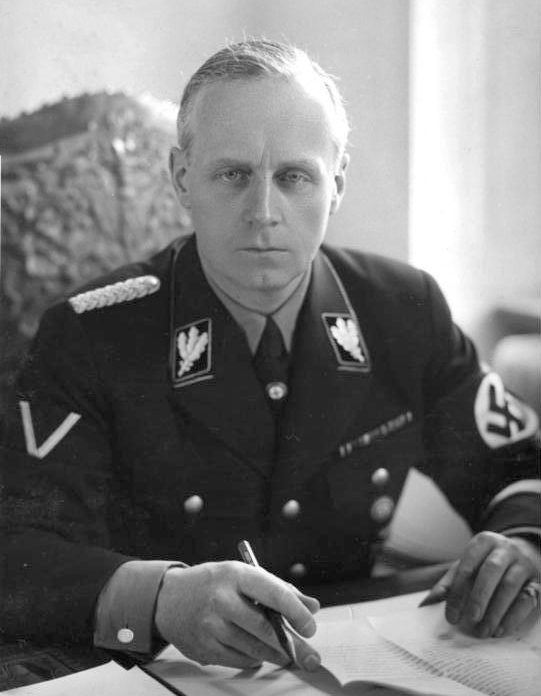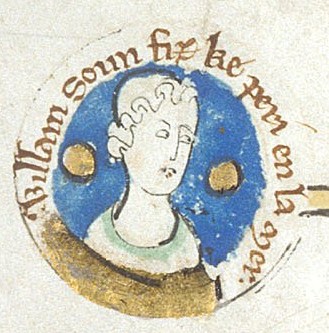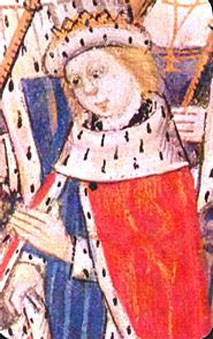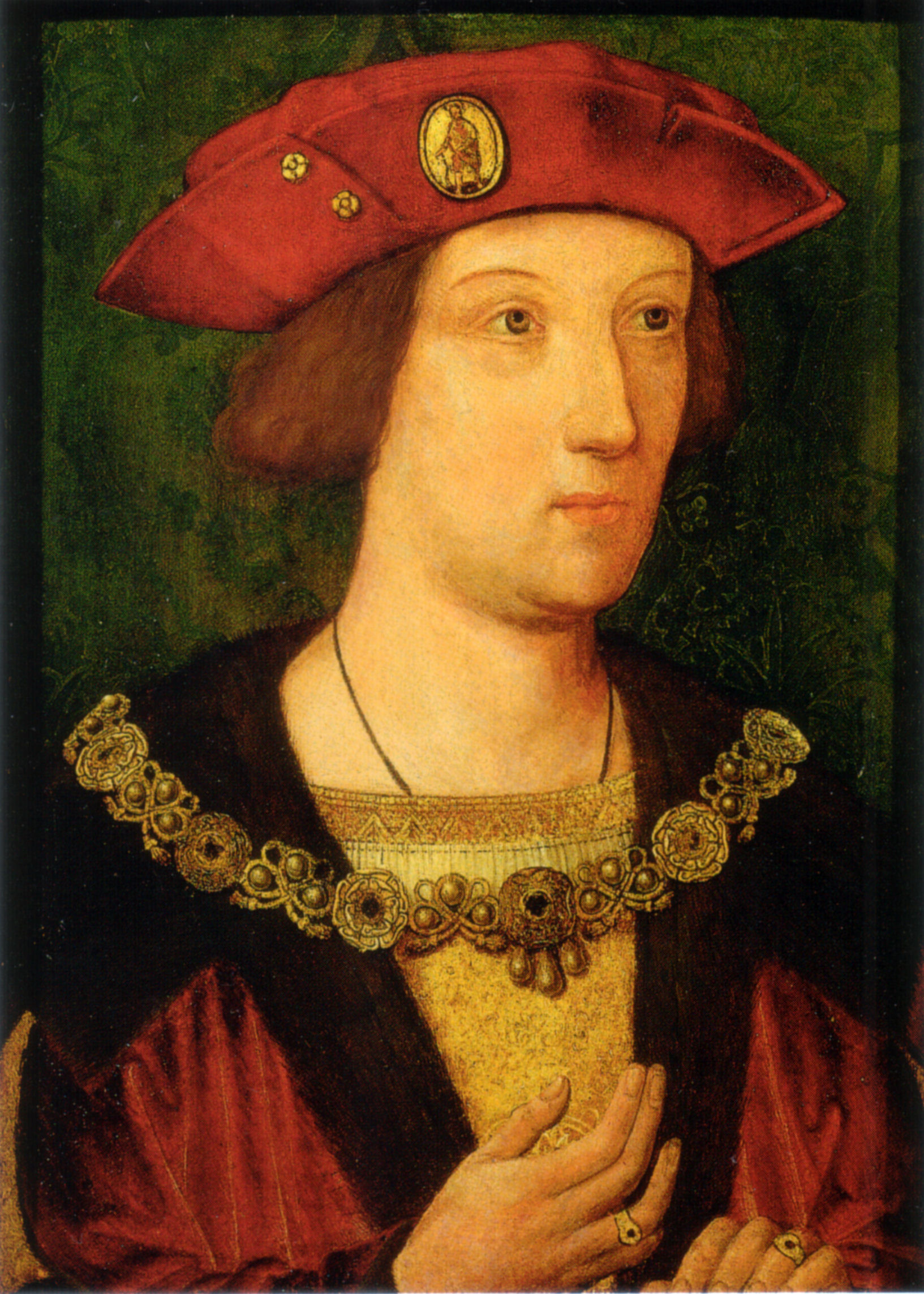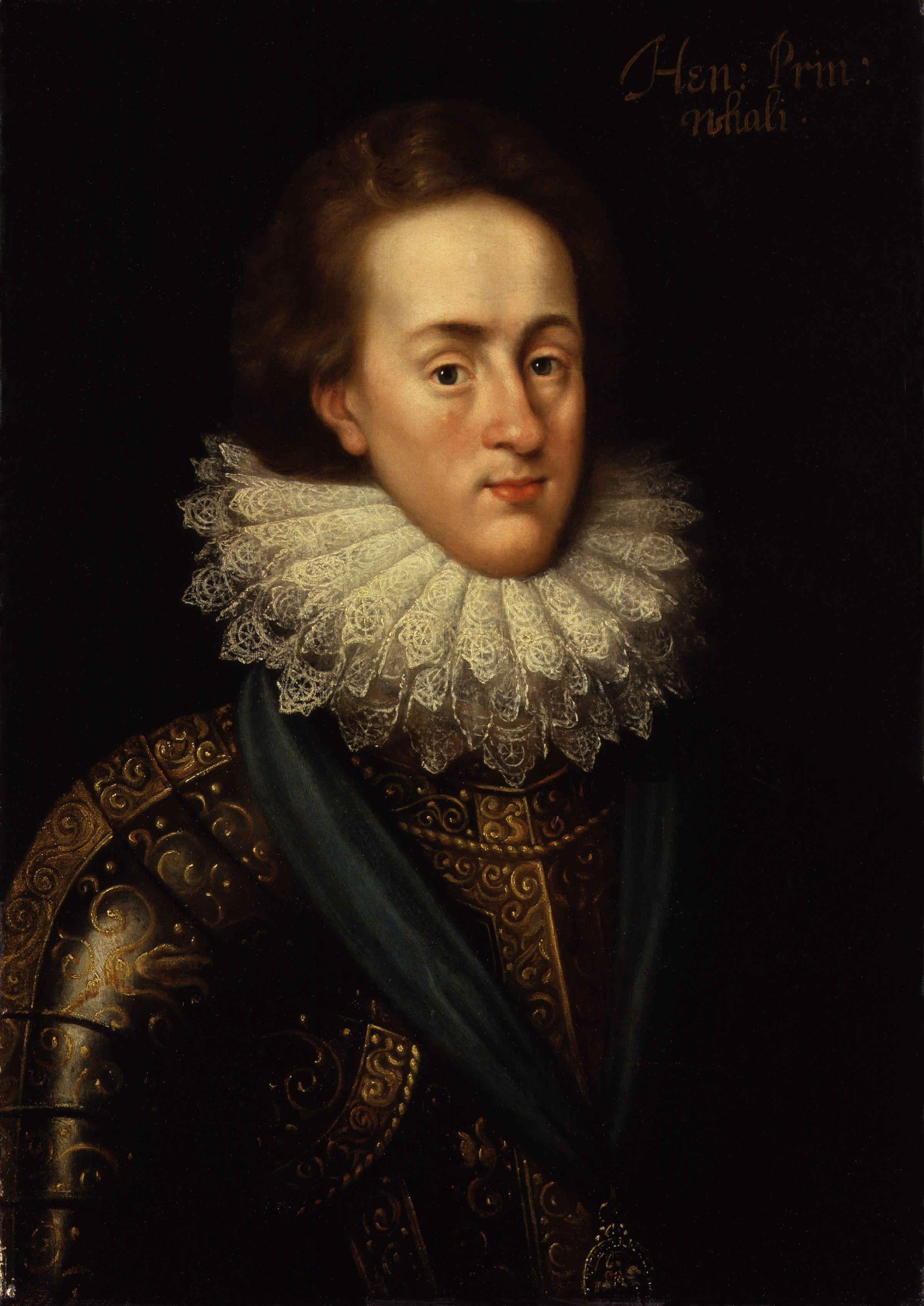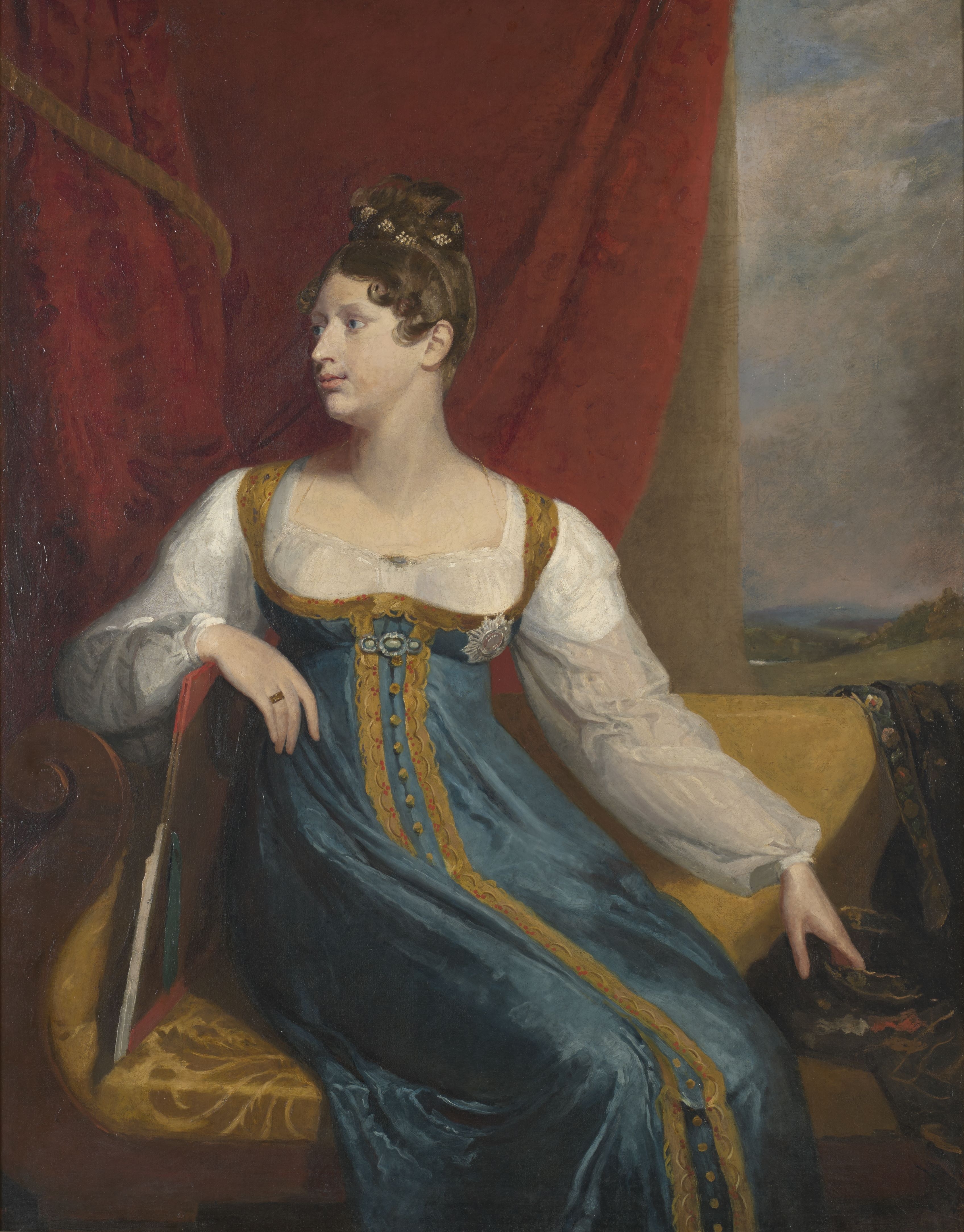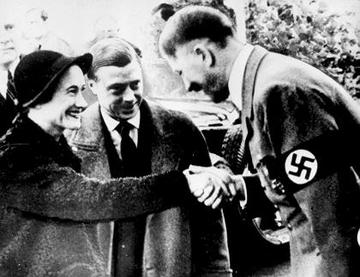Richard II murdered circa 14th February 1400
Richard was
the son of the Black Prince, a warrior of great renown & grandson of Edward
III. He succeeded his grandfather at the age of 10 in 1377. A regency of the
king’s uncles was avoided. Many of the nobility feared the ambitions of John of
Gaunt, Duke of Lancaster, who had been effectively running the country during
the final illnesses of his elder brother & father. Gaunt was still very
influential during Richard’s minority.
Heavy poll
taxes, the proceeds of which were used to prosecute the war in France, were one
of the root causes of the Peasant’s Revolt in 1381. Following the loss of up to
60% of the population in the Black Death in the middle of the 14th
century labourers were in short supply. But the Statute of Labourers of 1351
forbade the movement of peasants & the seeking of better wages. The nobles
surrounding the king, particularly his uncle John of Gaunt, were immensely
unpopular.
The revolt
was triggered by poll tax collectors in Essex and quickly spread throughout the
region. With ploughshare & scythe the farm workers & labourers marched
on London, where they were eventually met by Richard (by now considered old
enough to rule at the age of 14). Richard agreed to parley with their leaders.
When the motley crew returned home, rejoicing at their triumphant meeting with
the king, the ringleaders were cut down; Richard having reneged on his promises
to his people.
Richard’s
friend Michael de la Pole was from a merchant family & when Richard made
him chancellor & later the Earl of Suffolk. De la Pole was viewed as an
upstart by the nobility. Richard’s friend Robert de Vere, Earl of Oxford, was
also viewed with hostility, as the de Vere family was not of the top rank. De
Vere’s elevation to the newly created Duchy of Ireland merely fanned the
flames. The chronicler Thomas Walsingham claimed that relationship de Vere had
with the king was of a homosexual nature.
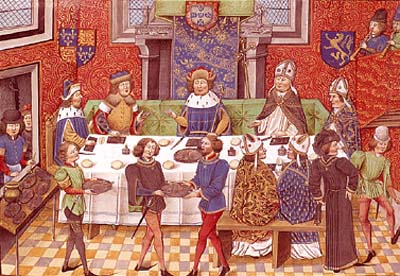 |
| The Duke of Lancaster at a banquet |
Richard’s
relationship with his uncle of Gaunt was further corroded by their polar
attitudes to the ongoing war with France. Richard preferred to negotiate with
the French, while the Duke of Lancaster wanted to protect the French lands
conquered by his father. In 1386 Gaunt
left England, with an army, to further his pretentions to the throne of
Castille. The proposed military actions in France required the Chancellor to
increase taxation to pay for the campaigns. Parliament refused to allow the
taxation unless de la Pole was removed from the Chancellorship. It wasn’t until
he was threatened with deposition that Richard allowed the removal of de la
Pole.
 |
| The earl of Oxford escapes from Radcot Bridge |
Richard built
up a power base in Chester. But on his return to London, from a tour of his country
to raise support, Richard was met by the Duke of Gloucester, and the earls of
Arundel & Warwick. The three wished to raise pleas of treason against
Robert de Vere, de la Pole and other supporters of the king. Richard
procrastinated, as he was expecting de Vere with military reinforcements from
Cheshire. John of Gaunt’s eldest son, Henry Bolingbroke, earl of Derby, and the
earl of Nottingham met with the three lords and jointly intercepted de Vere, routing
his forces at Radcot Bridge. The Lords Appellant (as they became known) now
forced Richard to comply with their demands. De la Pole & de Vere fled to
the continent, but the king’s lesser supporters were executed, including Knight’s
of the King’s chamber.
 |
| Richard & Isabella on their wedding day |
The Lords
Appellant were opposed to Richard’s strategy of negotiating with the French and
unsuccessfully attempted to set up an anti-French coalition. The return of the
Duke of Lancaster, from Castille, had a calming effect on English politics and
on 3rd May 1389 Richard took full control of his kingdom. He now
began negotiating a permanent peace with France. The price of peace with France
was for the King of England to do homage to the King of France for his French
possessions in Aquitaine, which was totally unacceptable to the English.
Eventually in 1396 a twenty-eight year truce was agreed, as well as the
marriage between Richard & the six year old Princess Isabella.
In the
autumn of 1394 Richard led an expedition to Ireland, where the English
lordships were under threat. Richard’s campaign was successful & he
returned to England in May 1395.
In July 1397
Richard had the Lords Appellant arrested. Richard had always been a great believer
in the Royal Prerogative and strongly felt that the Lords Appellant had acted
against his royal person when forcing the execution of Richard’s supporters. Arundel
was tried & executed in September. Then came the news that Gloucester had
died in prison. Warwick & Arundel’s brother, the Archbishop of Canterbury,
were exiled. John of Gaunt facilitated Richard’s revenge, but the king was assisted
by his half-brother John Holland & his nephew Thomas, now the Dukes of
Exeter & Surrey. The king also rewarded a number of his other remaining
supporters.
In December
1397 Henry Bolingbroke, now Duke of Hereford, fell out with Thomas de Mowbray,
now Duke of Norfolk. Before the matter could be decided by a trial of arms
Richard exiled both men, Mowbray for life & Bolingbroke for ten years.
However when
John of Gaunt died in February, Richard extended Bolingbroke’s exile to life.
Bolingbroke was at the French court, where in June 1399 Louis Duke of Orleans
took control of the court of the insane Charles VI of France. Louis was not
interested in the peace policy previously followed by both courts & allowed
Henry to return to England, where he claimed he was merely attempting to gain
his inheritance as Duke of Lancaster.
.jpg/180px-King_Henry_IV_from_NPG_(2).jpg) At the end
of June Henry arrived in Yorkshire & soon had men flocking to his banner. Richard
meanwhile was with his army in Ireland; from where he returned, landing in
Wales, on the 24th July. The Duke of York, as Keeper of the Realm,
in Richard’s absence, had already sided with Bolingbroke. By the 19th
August Richard had surrendered to Henry at Flint castle, promising to abdicate
if his life was spared. Richard was then taken to the Tower of London and on 30th
September Parliament accepted his resignation. Henry was crowned the fourth of
that name on 13th October 1399.
At the end
of June Henry arrived in Yorkshire & soon had men flocking to his banner. Richard
meanwhile was with his army in Ireland; from where he returned, landing in
Wales, on the 24th July. The Duke of York, as Keeper of the Realm,
in Richard’s absence, had already sided with Bolingbroke. By the 19th
August Richard had surrendered to Henry at Flint castle, promising to abdicate
if his life was spared. Richard was then taken to the Tower of London and on 30th
September Parliament accepted his resignation. Henry was crowned the fourth of
that name on 13th October 1399.
Shortly
before the end of the year, around the time of an uprising planned by Richard’s
supporters, Richard was moved to Pontefract Castle. Richard was under the care
of Sir Thomas Swynford, the son of the new king’s stepmother. In less than two months
Richard was dead.
It is
believed that Richard died of starvation; Henry IV and his council claimed that
Richard refused food for four days and was thereafter unable to eat & so
died. However the minutes for a council meeting on 8th February were
doctored after the event. The original document showed that the following
payments were authorised from the exchequer:
·
Payment to William Loveney, clerk of the Great
Wardrobe, sent to Pontefract castle on secret business by order of the king –
paid 66 shillings & 8d – in 2010 worth: £20,200.00 using average earnings
·
Payment to a valet of Sir Thomas Swynford to
certify to the council on certain matters, with concern to the king’s advantage
- 26 shillings & 8d – in 2010 worth:
£8,100.00 using average earnings[i].
These payments would seem excessive for
merely observing the king’s death & reporting it to king & council.
They would appear to confirm suggestions that Richard was murdered; possibly by
the withholding of food as suggested by the chronicler Adam of Usk, who also
claims that Sir Thomas Swynford taunted Richard ‘with starving fare’.
Bibliography
Edward III – WM Ormrod, Tempus
Publishing 2005
Richard II & the Revolution of
1399 – Michael Bennet, Sutton Publishing 1999
The Usurper King – Marie Louise
Bruce, The Rubicon Press 1998
www.en.wikipedia.org
[i]
The Usurper King – Marie Louise
Bruce, The Rubicon Press 1998
Price information from www.measuringworth.com

